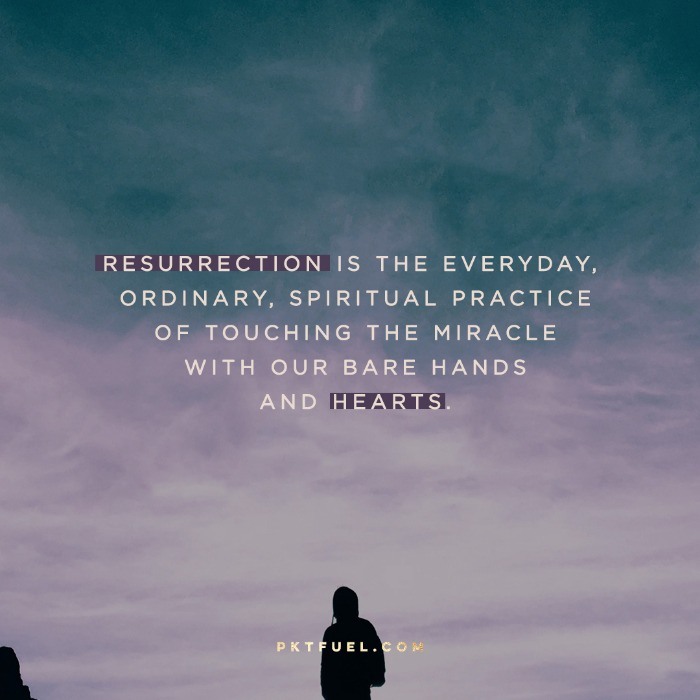“After you’ve destroyed this temple, I will raise it up again in three days.”
Less than a week before the resurrection, Jesus caused quite a stir at the local temple. In fact, that’s putting it mildly. What Jesus did in the temple that day would have made headline news like some of the protests we’ve seen recently around the world. And that’s exactly what he was doing, protesting. Making a public and deliberate point.
He was doing what all good prophets do: enacting a prophecy, a message; speaking truth to perceived power.
The story found in Matthew 21, Mark 11, Luke 19, and John 2, wasn’t an account of how Jesus used force to get his way, although many view these scriptures as permission to use violence as a means to an end. You just have to read more about his life, his words, and his death to understand that that wasn't what he was doing.
It was quite usual for prophets and Rabbi’s to act out (can I say perform?) a scene, a moment, a lesson, to drive a point home!

I’ve written about this in previous devotions, but the temple had become a place of profiteering and exclusion. From overcharging currency conversion (from Roman to Judean) to making sacrificial animals almost impossible for the average Joe and Mary to purchase, the temple had become less about fellowship and communion, and more about winning and losing.
“If Jesus got good and angry about religious profiteering and exclusion, I think that’s a pretty good example to follow…”
Powerful, two minute reads that have helped change the script in thousands of people's lives.


If Jesus got good and angry about religious profiteering and exclusion, I think that’s a pretty good example to follow… He was flipping the tables that were once used to serve others but had since turned into a point of divisiveness. He was turning an ideal, a practice, an institution, on its head.
Jesus created a scene. And he meant to do it.
In response, the Jewish leaders asked him:
“What authorization do you have to do this sort of thing? If God gave you this kind of authority, what supernatural sign will you show us to prove it?”
Jesus answered, “After you’ve destroyed this temple I will raise it up again in three days.” (John 2.)
Hang on…
“This temple took forty-six years to build and you mean to tell us that you will raise it up in three days?” They challenged.
In his book, John goes on to say that “they didn’t understand that Jesus was speaking of the temple of his body.” He was trying to move the needle from institutional focus to embodiment.
He was talking about resurrection.
That was his proof. His authorization. His supernatural sign.
Like we talked about yesterday, the “sign” played out in such an ordinary way. You’d think that if Jesus told these guys that his authority was resurrection after destruction, he would have made sure that his defeat of death was public and witnessed and grand and scaled to the max.
But it wasn’t.
Jesus transformed on his own, and then person by person, revealed his aliveness.
I think the point he was trying to make is that the only way to resurrect dead religion is to remove the institutional focus and revive our sense of embodiment, both individually and collectively. Make it personal again. Re-learn how to see the everyday, ordinary miracles that are all around us. Bring heaven back down to earth.
“After you’ve destroyed this temple, I will raise it up again in three days.”
He was saying:
After you’ve done the worst thing that you can do to a person; after you’ve falsely accused me, used me as political propaganda; after you’ve gone to your darkest and sunk to your lowest…
Even then, the tables can be turned.
Thich Nhat Hanh said:
“Many people are alive but don't touch the miracle of being alive.”
Resurrection is the everyday, ordinary, spiritual practice of touching the miracle with our bare hands and hearts.
Written by Liz Milani


0 Comments